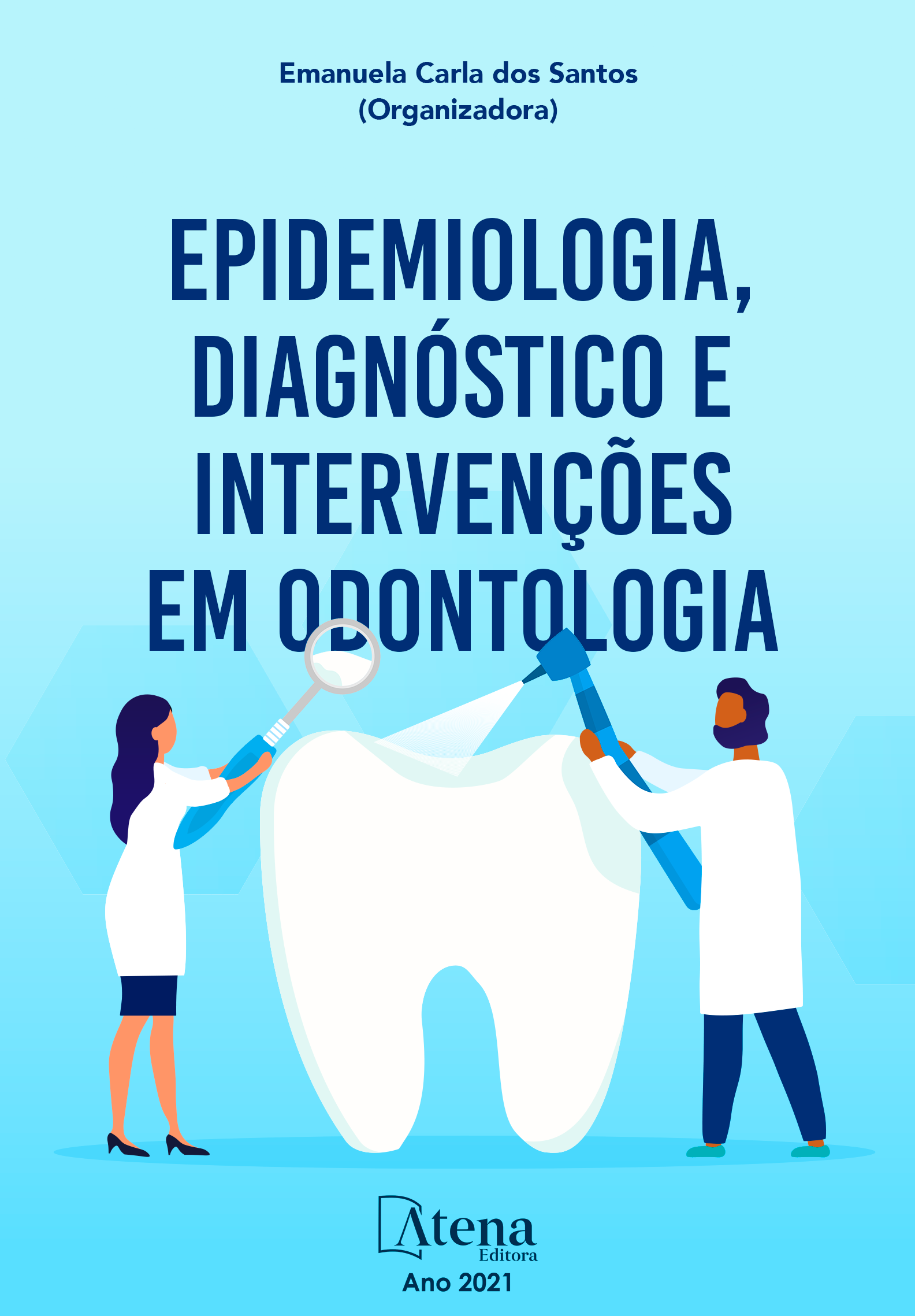
TRATAMENTO DE FRATURAS DO ASSOALHO ORBITÁRIO: REVISÃO DE LITERATURA
Formada por sete ossos, a órbita tem um formato piramidal singular, localizada no terço médio da face, protegendo os olhos. Devido a sua projeção, é comumente fraturada quando se sofre algum trauma de face, acometendo as paredes da órbita, principalmente o soalho orbitário, podendo ser classificadas em fraturas “blow-out” ou “blow-in” que envolve herniação do conteúdo do globo ocular para o seio maxilar ou não. O tipo de tratamento ainda sofre controvérsias sobre o momento ideal para intervenção cirúrgica, o tipo de incisão de acesso e qual método de reconstrução utilizar. O objetivo do tratamento é restabelecer a funcionalidade, motilidade do globo ocular, evitar sequelas como enoftalmia, diplopia, oftalmoplegia, e devolver o volume orbitário, aliando uma estética satisfatória e cicatriz imperceptível. Para um diagnóstico correto, é imperioso a utilização de exames de imagem como os radiográficos de Waters e a Tomografia Computadorizada, inclusive no pós-operatório, a fim de acompanhar a evolução clínica dos resultados, bem como verificar o posicionamento dos materiais enxertados. Exames físicos são bastante importantes na identificação de fratura do rebordo orbitário. Alguns tipos de acessos estão disponíveis na literatura e diversos materiais estão disponíveis no mercado para reconstrução, como materiais autógenos, alógenos e aloplásticos. Desse modo, a habilidade do cirurgião para um bom diagnóstico, a correta seleção do material, técnica e o momento cirúrgico adequado são imprescindíveis para o sucesso do tratamento, a fim de evitar sequelas irreversíveis ao paciente. O objetivo deste artigo de revisão é evidenciar as opções de tratamento das fraturas orbitárias mais utilizadas pelo cirurgião buco-maxilo-facial. Conclui-se, portanto, uma prevalência na utilização de malha de titânio como uma alternativa confiável e segura, porém, o tratamento deve ser considerado de forma individualizada de acordo com cada caso, visto que uma conduta não adequada pode trazer sérios riscos ao paciente traumatizado.
TRATAMENTO DE FRATURAS DO ASSOALHO ORBITÁRIO: REVISÃO DE LITERATURA
-
DOI: 10.22533/at.ed.5002107068
-
Palavras-chave: Fratura orbitária, tratamento, reconstrução
-
Keywords: Orbital fracture, treatment, reconstruction
-
Abstract:
Formed by seven bones, the orbit has a unique pyramidal shape, located in the middle third of the face, protecting the eyes. Due to its projection, it is commonly fractured when there is facial trauma, affecting the orbit walls, especially the orbit floor, and can be classified as "blow-out" or "blow-in" fractures that involve herniation of the eyeball content into the maxillary sinus or not. The type of treatment still suffers controversies about the ideal moment for surgical intervention, the type of access incision and which reconstruction method to use. The aim of the treatment is to reestablish the functionality and motility of the eyeball, avoid sequelae such as enophthalmia, diplopia, ophthalmoplegia, and restore the orbital volume, combining satisfactory aesthetics with an imperceptible scar. For a correct diagnosis, it is imperative to use imaging exams such as Waters' X-rays and Computed Tomography, including post-operatively, in order to follow the clinical evolution of the results, as well as to check the positioning of the grafted materials. Physical exams are very important in the identification of orbital ridge fractures. Some types of accesses are available in the literature and several materials are available in the market for reconstruction, such as autogenous, allogeneic and alloplastic materials. Thus, the surgeon's ability to make a good diagnosis, the correct selection of the material, technique and timing of surgery are essential for successful treatment in order to avoid irreversible sequelae to the patient. The aim of this review article is to highlight the treatment options for orbital fractures most commonly used by oral and maxillofacial surgeons. It is concluded, therefore, a prevalence in the use of titanium mesh as a reliable and safe alternative, however, the treatment must be considered individually according to each case, since an inadequate conduct can bring serious risks to the traumatized patient.
-
Número de páginas: 15
- Claudio Maldonado Pastori
- Guilherme Ferreira Parra


